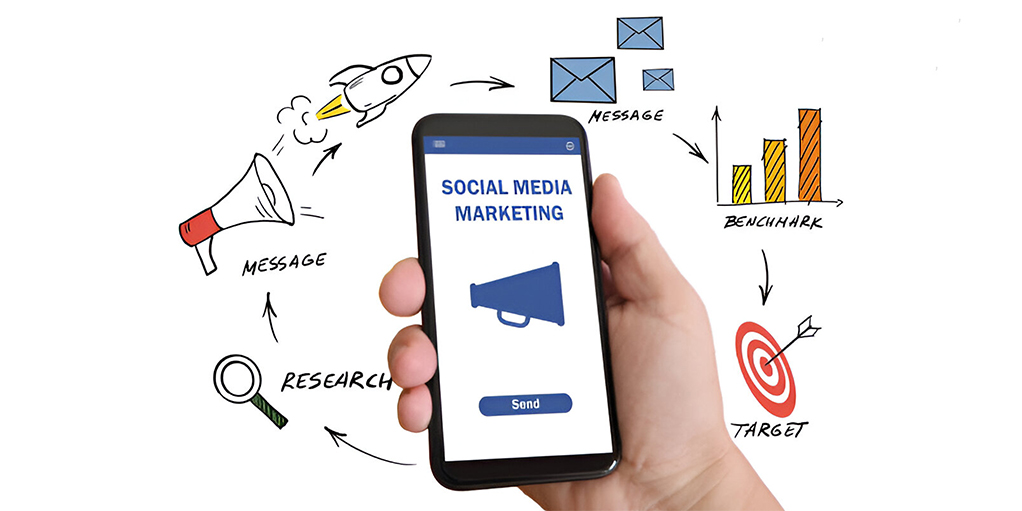Introduction
Setting up a successful digital marketing campaign involves more than just launching an ad or sending an email blast. It necessitates meticulous planning, smart thought, and a thorough understanding of your audience and objectives. Whether you’re a seasoned marketer or a beginner, mastering the art of campaign setup can significantly enhance your chances of achieving your marketing objectives. Here’s a comprehensive guide to setting up a digital marketing campaign.
Defining Your Goals
The first step in any campaign setup is to define your goals clearly. What do you hope to achieve with this campaign? Common objectives include increasing brand awareness, generating leads, driving website traffic, boosting sales, or engaging with your audience. Your objectives should be specific, measurable, attainable, relevant, and time-bound (SMART). Clear goals will drive your strategy and allow you to quantify success.
Understanding Your Audience
Knowing your target audience is crucial for creating effective campaigns. Conduct thorough research to understand their demographics, interests, behaviors, and pain points. Tools like Google Analytics, social media analytics, and customer surveys can provide useful information. Creating detailed buyer personas can help you tailor your messages to resonate with your audience and address their needs.
Choosing the Right Channels
Determine which digital channels will be most effective for your campaign based on your goals and audience. Common channels include:
- Social Media: Platforms like Facebook, Instagram, Twitter, and LinkedIn are excellent for engaging with your audience and increasing brand awareness.
- Email Marketing: Ideal for nurturing leads and maintaining relationships with your audience.
- Search Engine Marketing (SEM): Use Google Ads and Bing Ads to drive targeted traffic to your website.
- Content Marketing: Create valuable content such as blogs, videos, and infographics to attract and retain your audience.
- Display Advertising: Use banner advertisements on relevant websites to boost visibility.
Each channel has strengths; the right mix will depend on your specific goals and audience preferences.
Crafting Your Message
Your campaign message should be clear, compelling, and aligned with your brand voice. It should address the needs and interests of your audience while highlighting your product or service’s unique value proposition. Consistency across all channels is key to reinforcing your message and building brand recognition.
Budgeting and Resource Allocation
Determine your campaign budget and allocate resources accordingly. Consider costs for ad spend, content creation, tools, and any external services you might need. It’s important to balance your budget to ensure you have enough resources to execute your campaign effectively without overspending.
Setting Up Tracking and Analytics
To measure the success of your campaign, you need to set up tracking and analytics from the start. Tools like Google Analytics, Facebook Pixel, and UTM parameters can help you track user interactions and conversions. Define key performance indicators (KPIs) based on your goals, such as click-through rates (CTR), conversion rates, and return on investment (ROI). This data will be crucial for evaluating your campaign’s performance and making necessary adjustments.
Creating a Timeline and Action Plan
Develop a detailed timeline that outlines your campaign’s steps and milestones. Include deadlines for content creation, launch dates, and key checkpoints for evaluation. An action plan should assign team members responsibilities and ensure everyone is aligned and accountable. A well-structured timeline and action plan help keep your campaign on track and ensure timely execution.
Launching and Monitoring
Once everything is in place, launch your campaign across the selected channels. During the campaign, closely monitor performance against your KPIs. Use real-time data to identify any issues or opportunities for optimization. Be prepared to make adjustments to improve results and respond to any unforeseen challenges.
Analysing Results and Learning
After the campaign concludes, the results will be thoroughly analyzed. Then, compare the outcomes to your original goals and KPIs. Identify what worked well and what didn’t. Gather insights that can inform future campaigns and contribute to ongoing improvement.
Conclusion
Campaign setup is a foundational element of successful digital marketing. You can create campaigns that drive meaningful results by defining clear goals, understanding your audience, choosing the right channels, crafting compelling messages, and continuously monitoring and optimizing your efforts. As the digital landscape evolves, staying agile and data-driven will ensure your campaigns remain effective and impactful.
To know more about Campaign Set Up, Please visit https://paypercampaign.com





